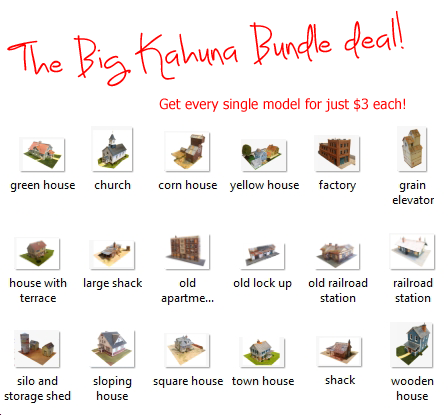Barry’s been in touch with his model railway power station scratch build:
“Hi Alistair,
As an avid reader of your e-mails, I thought it was about time I added some material.
I have a high detailed sub station with transmission towers but nothing to feed it power, so I decided to build a power station, and what more iconic than the Battersea power station.
Couldn’t find any suitable kits, so I decided to scratch build one.
I got hold of a set of the original plans and proceeded to scale them.
After wasting a couple of days building the towers, I realised they they were way too flimsy even with reinforcing, so second attempt I used stiffer brick card and machined timber formers for the top of the towers to save all the cutting.
Then I started of the laborious task for marking the windows and cutting them out.
Then it came to glazing them all with some nice windows I managed to scam off Metcalfe Models. Dressing the top of the towers and gluing the front and rear walls to the towers. Then came to side walls completing the main building.
For the smoke stacks I used a suitable wooded dowel and tightly would and glued regular reflex paper.
I then found a suitable striped cement pattern on the web and printed that and glued onto the paper tube. Next I had to figure out how to make the conical bases for the chimneys. I tried making the out of stiff card, but a dismal failure, I really needed a lathe, so I went and bought one! I had all my old lathe tools from my engineering days, so turning them was easy.
Next was the final assembly and all went well. You can see all the progress photos in the photos along with the final finished model. It just needs some weathering on some of the edges.
It’s a large model, but pretty well to scale, and 400mm wide and over 400mm deep.
Just waiting on a couple of Heng Long smoke generators to connect to tubes going up the chimneys.
Enjoy the photos.
Regards
Barry”
A huge thanks to Barry – can’t wait to see the weatherd version of his model railway power station.
It’s wonderful seeing what you all get up to and how you overcome the issues of your layouts.
It reminded me of Allen’s power plant: HO scale power plant.
That’s all for today.
Please don’t forget the Beginner’s Guide is here if you want to get going on your own model railway adventure.
Best
Al

PS Latest ebay cheat sheet is here.











































